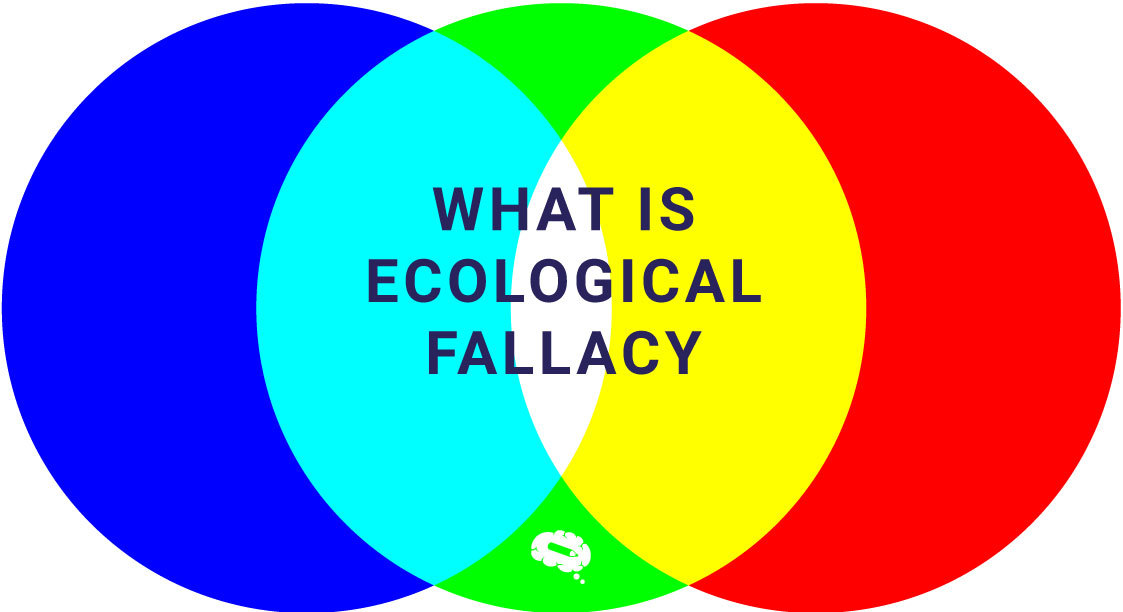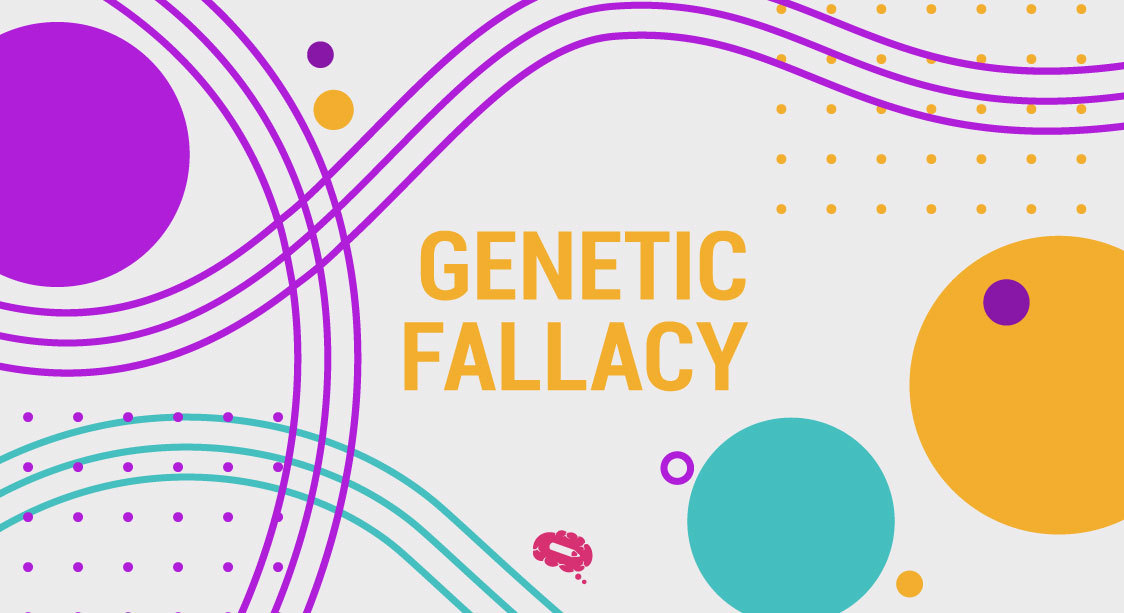The Ecological Fallacy has been around for almost a century, yet it is still a problem in statistical analysis today. This problem can be deceptive and lead to incorrect results for essential research. The ecological fallacy has serious implications for fields including public health, social science, and policymaking, where choices are frequently made based on aggregated data.
This article will comprehensively answer the question “what is ecological fallacy?” by overviewing its definition, causes, and real-world examples. Readers will have a better knowledge of the ecological fallacy and its significance in correct data interpretation after reading this article.
What is ecological fallacy?
The ecological fallacy is a statistical error that happens when conclusions about individuals are drawn using data from groups. It occurs when we presume that group-level trends apply to individuals within that group. However, this assumption might be deceptive and lead to incorrect conclusions.
Assume we hope to compare the average income for individuals residing in City A with City B. We discover that the average income in City A is higher than the average income in City B. However, assuming that everyone in City A earns more than everyone in City B would be an ecological fallacy. In actuality, some people in City A may earn less than certain people in City B.
The ecological fallacy can arise in any subject where data is evaluated, from social sciences to epidemiology. It is especially significant in public health research, where it can lead to inaccurate conclusions regarding the efficacy of interventions or illness prevalence.
What causes an ecological fallacy?
To truly answer the question “what is ecological fallacy?”, you must also understand the causes.
The process of collecting group-level data is one element that contributes to ecological fallacies. The process is analogous to creating a summary, in which key details may be lost or concealed. Furthermore, researchers may believe that all people within a group share identical qualities or behaviors, resulting in data misinterpretation.
While researchers collect statistical data in order to generalize from a sample to the population, misunderstanding or making expressive assumptions of this data can lead to ecological fallacies.
How to avoid ecological fallacy?
To prevent ecological fallacy, data must be thoroughly analyzed at both the group and individual level factors that may influence outcomes. Here are some actions you may take to prevent the ecological fallacy:
- Consider individual-level factors: It is critical to consider individual-level aspects that may influence outcomes while assessing data. Age, gender, education, and employment are examples of such criteria. By considering these elements, you may have a better understanding of the intricacies of the data and avoid drawing inaccurate conclusions about groups or populations.
- Avoid forming assumptions about group homogeneity: Avoiding assumptions about group homogeneity is another strategy to avoid the ecological fallacy. Individuals do not share the same qualities or actions just because they are members of the same group. By eliminating this assumption, you may evaluate data more precisely and draw suitable conclusions.
- Be aware of statistical data constraints: It is critical to be aware of statistical data limitations and to carefully analyze the environment in which the data was acquired. This might assist you in avoiding erroneous conclusions based on inadequate or biased data.
Examples of ecological fallacy
Example 1
Cities with a larger population of immigrants had lower crime rates in a study comparing crime rates between different cities. The ecological fallacy occurred, however, when some individuals concluded that this meant individual immigrants were less likely to commit crimes. In truth, the statistics simply revealed that communities with a larger share of immigrants had lower crime rates, but it provided no information concerning individual immigrants’ conduct.
Example 2
Countries with greater levels of coffee consumption have lower incidences of heart disease. The ecological fallacy occurred when some people concluded that persons who drink more coffee have a decreased risk of heart disease. In truth, the data simply revealed that countries with greater rates of coffee consumption had lower incidences of heart disease than countries with lower rates of coffee consumption. This investigation did not look at the individual-level association between coffee drinking and heart disease risk.
Example 3
There is a negative relationship between a state’s degree of education and its poverty rate. The ecological fallacy occurred when some people assumed that rising education levels would inevitably lower poverty rates. In truth, the statistics simply revealed that states with greater levels of education had lower poverty rates as a group than states with lower levels of education. This study did not investigate the individual-level association between education and poverty, nor did it evaluate other potential factors that may be contributing to poverty rates.
Add visual impact to your posters with scientific illustrations
To make adding illustrations to your work fast and easy, we recommend using Mind the Graph. With Mind the Graph, you can quickly create high-quality scientific illustrations that add a professional touch to your posters. Their easy-to-use platform allows you to select from a library of scientifically-accurate illustrations and customize them to fit your needs.


Subscribe to our newsletter
Exclusive high quality content about effective visual
communication in science.





